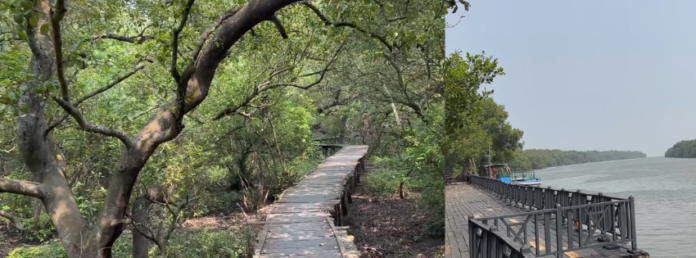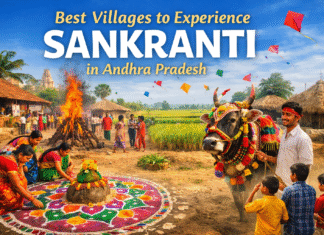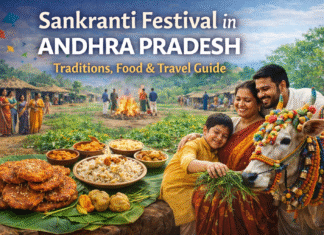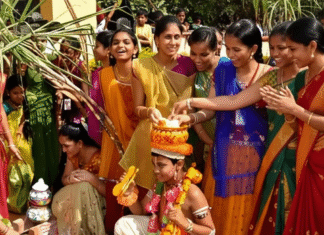Introduction:
Coringa Wildlife Sanctuary is a serene and ecologically rich sanctuary located about 15 km from Kakinada, along the Kakinada-Yanam Road in East Godavari District, Andhra Pradesh. The Coringa Wildlife Sanctuary, located near the village of Coringa, spans approximately 235 sq. km and forms part of the Godavari Mangroves. The Government of Andhra Pradesh declared the sanctuary a protected area on July 5, 1978, aiming primarily to conserve the unique mangrove vegetation in the estuarine regions.
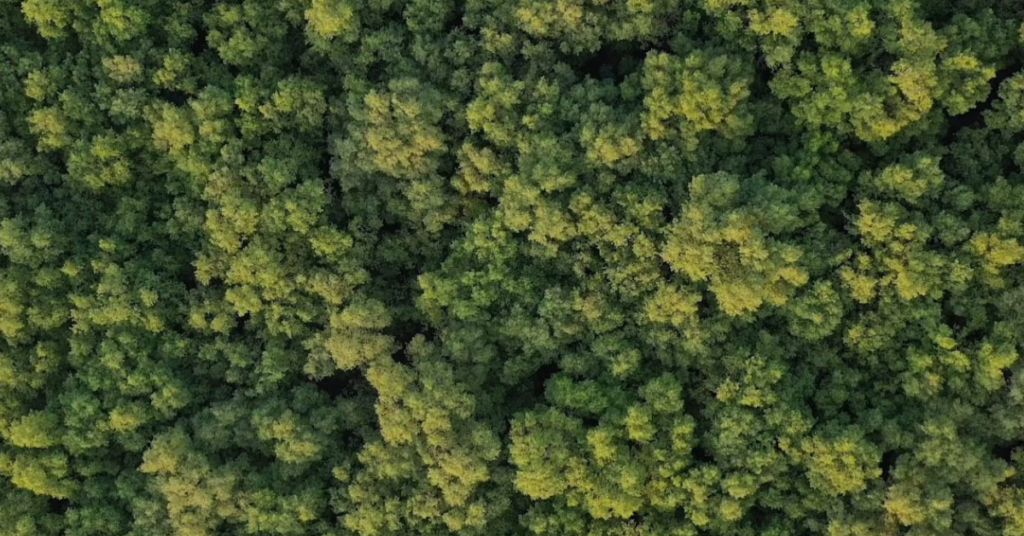
Geographic Location and Ecosystem:
Coringa Wildlife Sanctuary is nestled between 16°30′ to 17°00′ N latitudes and 82°14′ to 82°23′ E longitudes. The sanctuary is renowned for its dense mangrove forests, and salt-tolerant ecosystems in tropical and subtropical intertidal zones. Mangroves thrive in brackish waters and are typically found along sheltered coastlines, estuaries, tidal creeks, and mudflats, forming highly productive and diverse ecosystems.
The mangrove forests here serve as a vital habitat for various plant and animal species that are uniquely adapted to this environment. Mangroves are crucial in protecting coastal areas from erosion, and storm surges, and maintaining ecological balance. Andhra Pradesh has approximately 582 sq. km of mangrove forests, with the Coringa region contributing significantly to this. The state’s mangroves account for about 9% of its forest area, though not all of this land is fully covered with vegetation, as some areas include sandy patches, mudflats, and open blanks.
Also read: Hope Island, East Godavari: A Hidden Gem for Tranquil Getaways
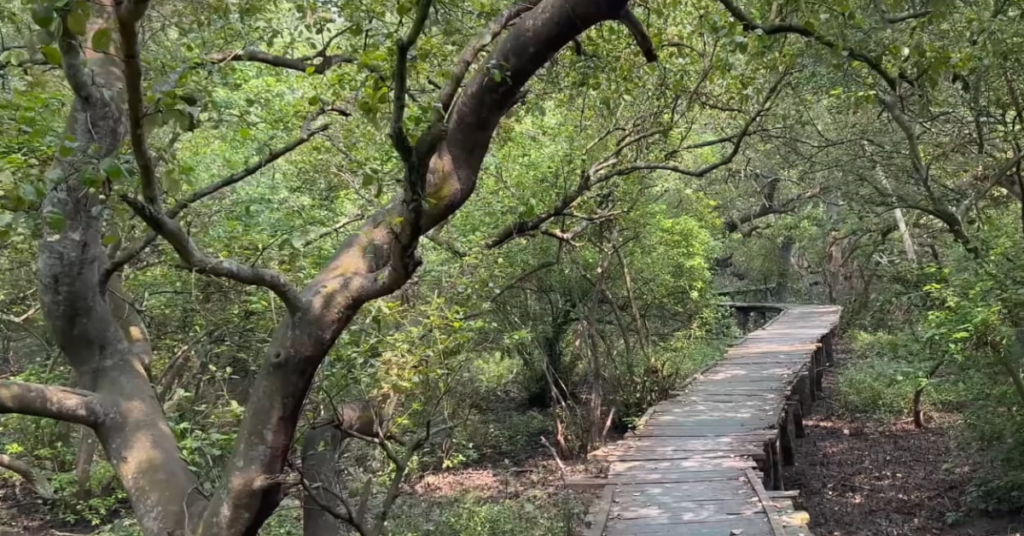
Flora and Fauna:
The sanctuary boasts a rich biodiversity. The mangrove vegetation includes species like Avicennia, Rhizophora, and Bruguiera. These plants have unique adaptations that allow them to survive in saline environments, helping maintain the region’s ecological balance. The dense mangroves are crucial for the ecosystem and form a habitat for a wide range of fauna.
Coringa is home to several species of birds, making it a birdwatcher’s paradise. You can spot birds like kingfishers, herons, flamingos, egrets, and more. The sanctuary boasts a rich fish population, featuring both rare and commercially important species. Estuarine crocodiles, sea turtles, and several species of reptiles add to the sanctuary’s biodiversity. You can spot mammals like spotted deer, jackals, and otters in the sanctuary.
Also Visit: Exclusive Pedda Cheruvu Vizianagaram: A Perfect Blend of Beauty
Unique Features of Coringa Sanctuary:
One of the key highlights of Coringa Wildlife Sanctuary is its extensive mangrove forest, which is the second-largest in India, after Sundarbans. The sanctuary’s ecosystem is vital for preventing soil erosion and safeguarding against floods. The dense vegetation forms a natural shield that protects inland areas from the devastating effects of tidal surges and cyclones, which are frequent along India’s eastern coast.
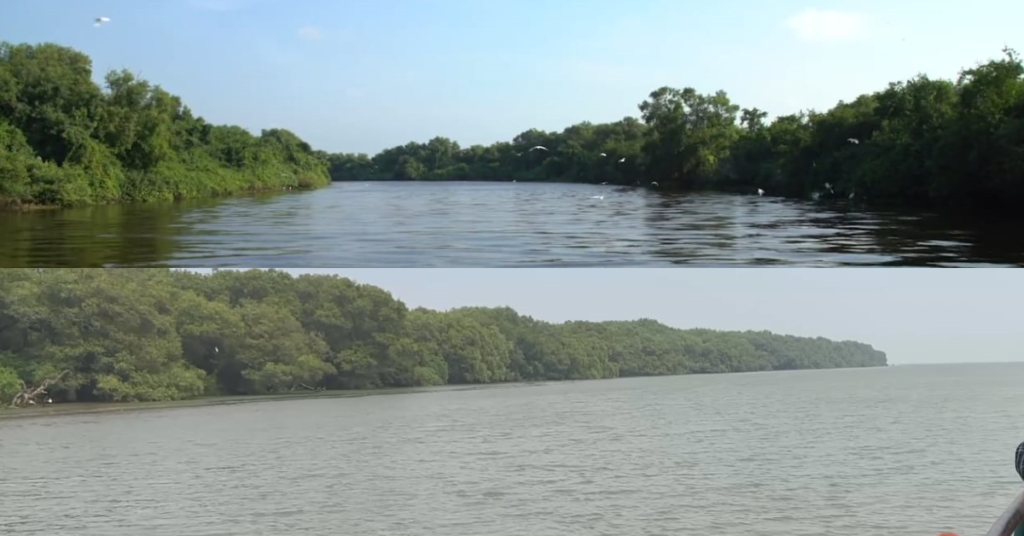
Also read: Ultimate Guide Maharaja’s College and Palace of Vizianagaram
Another unique aspect of the sanctuary is the long wooden boardwalk that cuts through the mangrove forests, providing visitors with an up-close view of the intricate ecosystem. Walking along the boardwalk is an immersive experience that offers a deep connection to nature as you witness the diversity of flora and fauna.
Tourism and Visitor Information:
Coringa Wildlife Sanctuary is ideal for nature lovers, birdwatchers, and eco-tourists. The best time to visit the sanctuary is between October and May when the weather is pleasant, and migratory birds flock to the region.
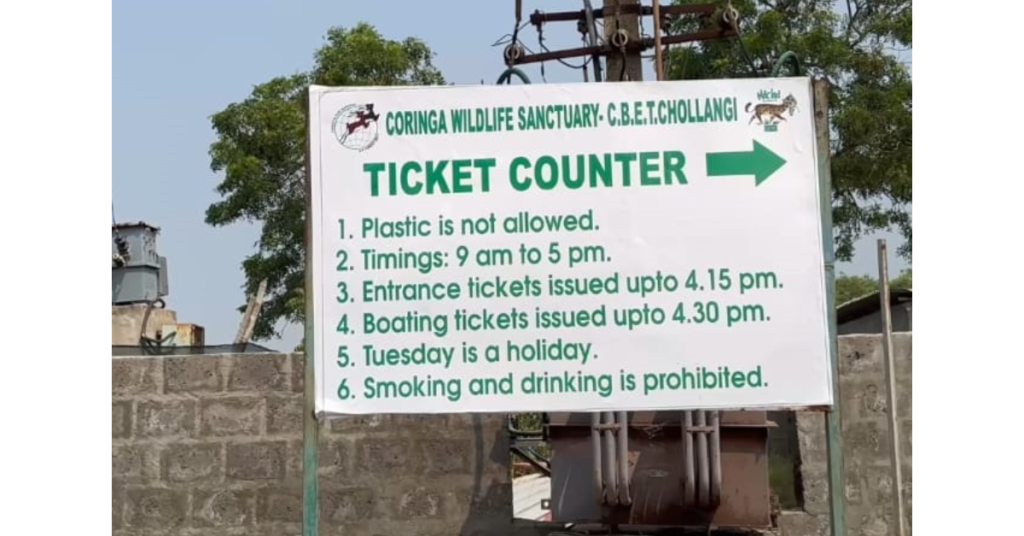
Also read: Exclusive of Ganta Stambham An Another History of Vizianagaram
How to Reach:
- By Road: The sanctuary lies just 15 km from Kakinada, with easy access via the Kakinada-Yanam Road.
- By Rail: Kakinada railway station connects directly to major cities in Andhra Pradesh.
- By Air: The nearest airport is Rajahmundry Airport, located about 70 km away from the sanctuary.
Timings: The sanctuary is open daily from 9:00 AM to 4:30 PM.
Entry Fee: There is a nominal entry fee for visitors, which may vary for Indian and foreign nationals.
Activities in Coringa Wildlife Sanctuary:
- Boardwalk
- Watchtower forest view
- Boating
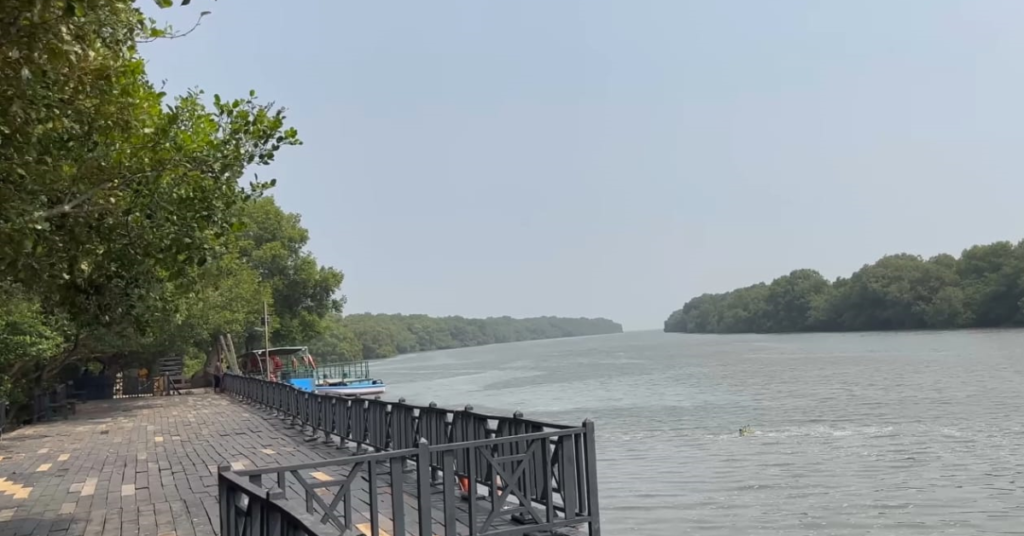
Also read: Explore The ChinthaPalli Beach vizianagaram: An Exclusive Hidden Gem
Coringa Wildlife Sanctuary Ticket prices:
- Adults 50rs
- Childrens 20rs
- Photo Shoot 3000rs
- Camera 500rs
- Foreigners 250rs
Coringa Wildlife Sanctuary Location on MAP:
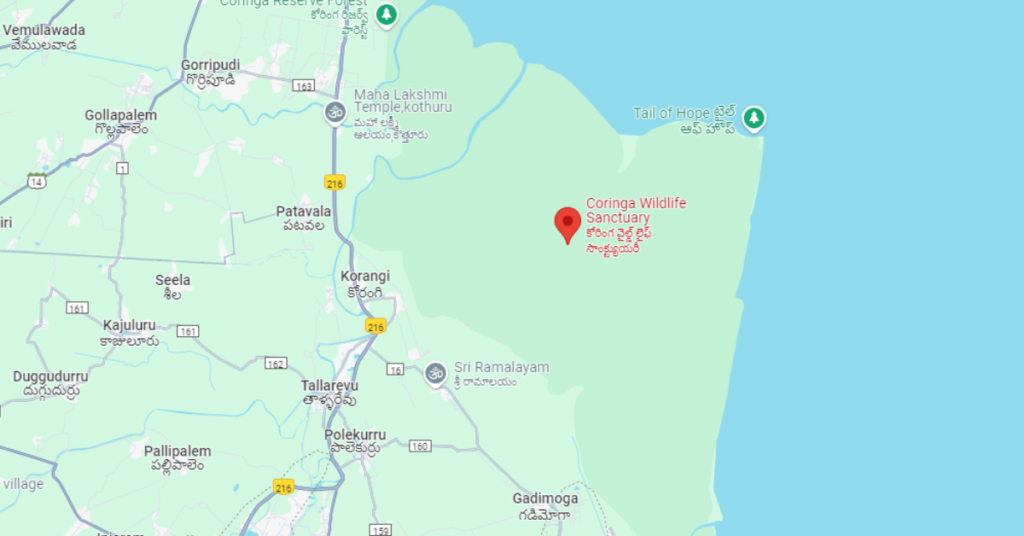
Conclusion:
Coringa Wildlife Sanctuary is a hidden gem of Andhra Pradesh, offering a blend of biodiversity, scenic beauty, and tranquility. Whether you’re a bird enthusiast, a nature lover, or simply someone seeking a peaceful retreat into the wild, Coringa offers a unique experience. Its rich ecosystem and vital role in coastal protection make it a must-visit destination for eco-conscious travelers.
Plan your visit to explore the wonders of the mangroves and immerse yourself in the natural beauty of Coringa Wildlife Sanctuary.
Frequently Asked Questions(FAQs):
Answer: The best time to visit is between October and May.
Answer: It is located about 15 km from Kakinada.
Answer: Main activities include boardwalk exploration, boating, and wildlife viewing.
Answer: Yes, the entry fee is ₹50 for adults, ₹20 for children, and ₹250 for foreigners.
Answer: Yes, photography is allowed with an additional charge of ₹500, and professional photo shoots cost ₹3000.

